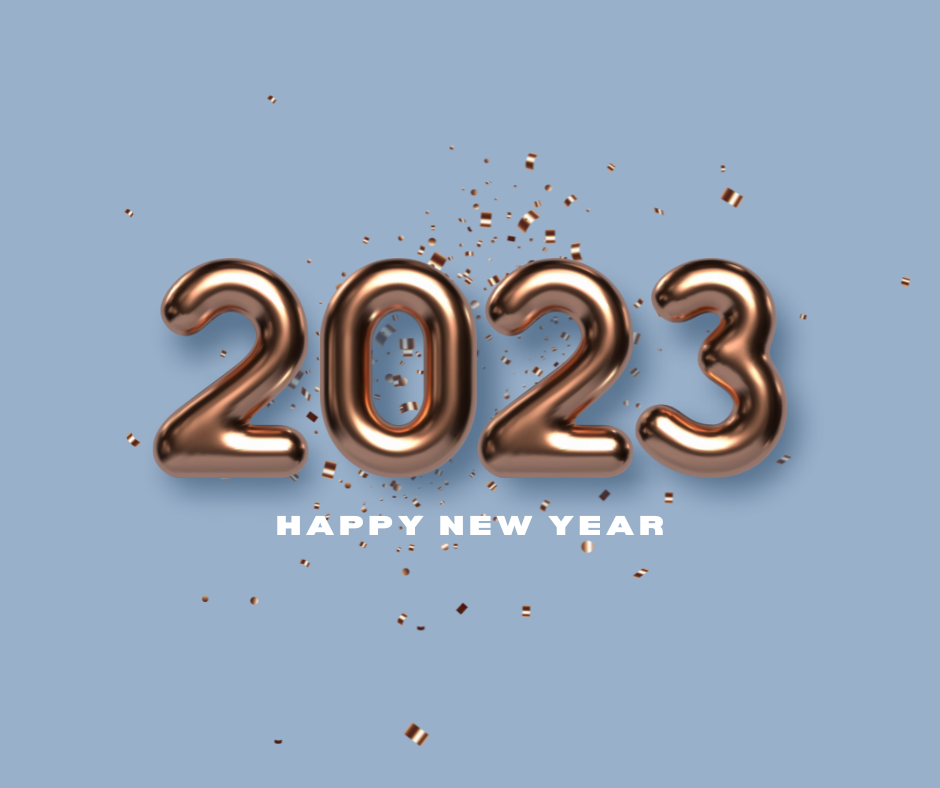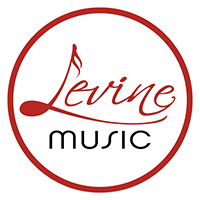Holiday Music Around the World
It’s the holiday season! There’s a rich diversity of celebrations happening around the globe during this season—far too many for us to cover completely here. We encourage you to investigate cultural traditions further if you’re interested! For now, here’s a look at some well-known celebrations happening this winter, and the various musical traditions that accompany them.
Diwali Music
Diwali, also known as the Festival of Lights, is “one of the major religious festivals in Hinduism, Jainism, and Sikhism, lasting for five days from the 13th day of the dark half of the lunar month Ashvina to the second day of the light half of the lunar month Karttika.” It usually occurs around late October or November, and celebrates the triumph of light over darkness, good over evil. The holiday’s name comes from deepavali, meaning “row of lights” in Sanskrit. Setting rows of clay lights—diya—along temples or adrift on rivers is a key part of the festival.
Music enjoyed during Diwali features many common elements of traditional Indian music, as well as unique instruments such as the nadaswaram, thavil, dholak, sitar, and tambura. There are also dances performed to traditional music during Diwali, such as Odissi dances. Songs you might hear during Diwali celebrations include:
- “Kaise Diwali Manaye”
- “Aayee Ab Ki Saal Diwali”
- “Mele Hain Chiraghon Ki”
- “Gallan Goodiyaan”
Christmas Music
Christmas is one of the most popular holidays around the world, with billions of people celebrating from hundreds of different countries. Known as a Christian holiday that celebrates the birth of Jesus Christ, Christmas is also celebrated by many people who don’t consider themselves Christian, yet enjoy the festivities. Christmas celebrations often include decorating Christmas trees, putting up colorful lights, and exchanging gifts on December 25th.
One of the most widely beloved aspects of Christmas is the music. Christmas music has an astonishing range, from traditional carols like “We Wish You a Merry Christmas” to classics like Nat King Cole’s “The Christmas Song,” pop songs like Mariah Carey’s “All I Want for Christmas Is You” and George Michael’s “Last Christmas,” and many, many more. Christmas songs appear in practically every genre, and new Christmas songs emerge every year from contemporary artists.
Classical music is also an important aspect of Christmas music, particularly in connection to performances traditionally given around Christmastime. These include Tchaikovsky’s “Nutcracker Suite,” Handel’s “Messiah,” and Bach’s “Christmas Oratorio.”
Finally, you’ll find Christmas songs that incorporate the style, language, and customs of other cultures, such as “Feliz Navidad” or the Hawaiian Christmas song, “Mele Kalikimaka.”
Hanukkah Music
Hanukkah is a Jewish holiday also known as the Festival of Lights. It’s celebrated for eight nights and days, and commemorates the rededication of the Second Temple of Jerusalem. During that rededication, a miracle occurred: a temple menorah—a candelabrum with seven branches—with only enough oil to burn for one night burned for eight consecutive nights. In memory of this, Hanukkah celebrations primarily feature the lighting of a nine-branched menorah called a hanukiah.
The holiday begins on the 25th of Kislev on the Hebrew calendar, usually falling in November or December. Celebrations also include traditional games and food like latkes and sufganiyot. Music is also an important part of the festivities; after the candles are lit and a blessing is performed, it’s customary to sing the song “Ma’oz Tzur,” also known as “Rock of Ages.” Other traditional songs are common during Hanukkah celebrations, while more modern songs have also been included. Hanukkah songs include:
- “Ocho Kandelikas” (“Eight Little Candles”)
- “Five Maccabees: Mattathias Had Five Sons”
- “The Dreidel Song”
- “See, the Conqu’ring Hero Comes!”
- “Sivivon Sov Sov Sov”
Kwanzaa Music
Kwanzaa is an “annual holiday affirming African family and social values that is celebrated primarily in the United States from December 26 to January 1.” The holiday was developed in 1966 by Africana studies professor Maulana Karenga, who “borrowed the word kwanza, meaning ‘first,’ from the Swahili phrase matunda ya kwanza, adding the seventh letter, an extra a, to make the word long enough to accommodate one letter for each of the seven children present at an early celebration.”
The holiday celebrates the following seven principles: unity, self-determination, collective responsibility, cooperative economics, purpose, creativity, and faith. Festivities include lighting candles, discussing holiday principles, and a community feast called the karamu. Kwanzaa music has been growing since the holiday’s development, and traditional African music is also commonly incorporated in the celebrations. Kwanzaa songs include:
- “Seven Days of Kwanzaa” – Jacquie Godden
- “Celebrating Kwanzaa” – Marla Lewis
- “Kwanzaa Is Here” – Greta Pedersen
Secular Holiday Music
During the holiday season throughout November, December, and January, you’re likely to hear a lot of holiday music. Many songs are not connected to particular religious holidays or celebrations, but are just a reflection of the season in general. Like Christmas music, these songs boast a wide variety of styles. Holiday music includes songs about winter, as well as songs we typically associate with Christmas, but which are not related to Christian theology. Some holiday songs are:
- “Frosty the Snowman”
- “Let It Snow! Let It Snow! Let It Snow!”
- “Sleigh Ride”
- “A Marshmallow World”

New Year’s Music
We can’t forget New Year’s! This holiday, which celebrates the start of a new year, is famously accompanied by the Happy New Year song “Auld Lang Syne.” Other songs used to ring in the new year include:
- “Happy New Year” by ABBA
- “Let’s Start the New Year Right” by Bing Crosby
- “New Year’s Day” by U2
- “Funky New Year” by The Eagles
While many people celebrate the new year on January 1st, others celebrate the lunar new year! Chinese New Year, for example, rings in the new year according to the Chinese calendar. In 2023, Chinese New Year will be celebrated on January 22. This holiday comes with bright, eye-catching, and high-energy festivities including firecrackers and fireworks and lion and dragon dances. Holding family dinners, decorating, presenting offerings to ancestors, and gifting red envelopes are all key parts of new year celebrations.
Musical traditions for Chinese New Year include folk songs such as “Fengyang Flower Drum,” a piece that dates back to the Ming Dynasty. Songs from ancient China use a range of traditional instruments that are different from what we might typically hear in Western music. These instruments include:
- Guzheng, a Chinese zither
- Erhu, a Chinese violin
- Dizi, a Chinese transverse flute
- Pipa, a Chinese lute
- Guqin, a plucked instrument sometimes known as a seven-string zither
- Gu (or tanggu), a large Chinese drum
More modern songs used in the celebrations of lunar new year include compositions by Chinese classical and contemporary composers. You might hear pieces such as Min-Xiong Li’s “Lantern Festival Celebration,” Zhou Tian’s “Concerto for Orchestra,” or Ma Sicong’s “Song of Nostalgia.”
There are also many other New Year’s celebrations occurring on dates other than January 1st! They include:
- Nyepi, Balinese New Year, usually falling on March 22nd
- Nowruz, Iranian New Year, celebrated on or around March 21st
- Ugadi, a Hindu festival celebrated in the south Indian states of Andhra Pradesh, Karnataka, and Telangana, typically occurring in March or April
- Aluth Avurudda, Sinhalese New Year, generally celebrated in April
These and other holidays are celebrated with music from their own cultural traditions, and their approaches to music can be very different from typical Western performance art. In addition to the use of unique instruments and, generally, an increased reliance on vocals, a lot of world music is less formal and less structured than Western music. World music often features:
- Greater and more creative use of rhythm
- Microtonal melodic intervals
- Tone color through unique independent families of instruments
- Freer structure, heavy reliance on improvisation
Exploring the diversity of holiday music is a great way to not only expand your musical understanding, but to broaden your appreciation for the most wonderful time of the year.
Now that we’ve undoubtedly got some holiday songs stuck in your head, you’re probably in the mood to play some music. If you’d like to learn how to play those tunes on an instrument yourself, you’re in the right place!
Here at Levine, we offer outstanding music instruction and programs to students of all ages, interests, and skill levels at five campuses in the DC area. At each Levine campus, our students find a diverse range of musical activities, a supportive environment, and dedicated teachers to challenge their creative limits and to guide them. We also offer online learning! Click here to explore our areas of study today!
From all of us at Levine, happy holidays!
